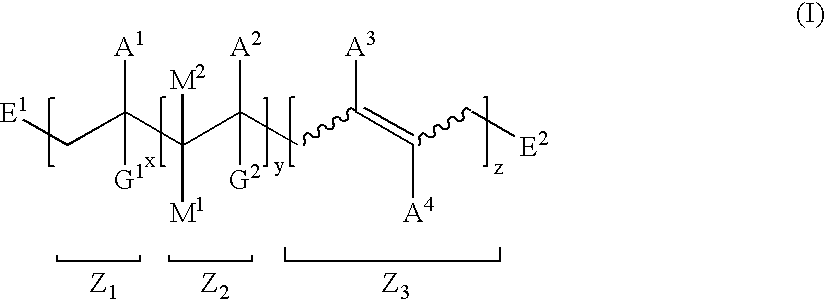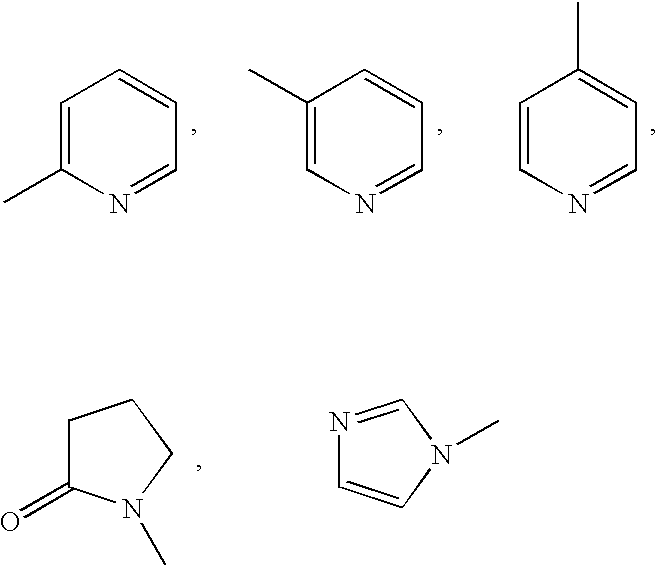Continuous polymerization process and products therefrom
a polymerization process and polymerization technology, applied in the direction of detergent compounding agents, detergent compositions, organic additions, etc., can solve the problems of increasing the cost of the process, high cost of materials, objectionable odor, etc., and achieves the effects of polydispersity of the resulting oligomer mixture, increasing the molecular weight of the oligomer, and increasing the relative amount of by-products, particularly non-terminally
- Summary
- Abstract
- Description
- Claims
- Application Information
AI Technical Summary
Benefits of technology
Problems solved by technology
Method used
Image
Examples
Embodiment Construction
[0200] The Equipment and General Procedures
[0201] A 10 foot long section of stainless steel tubing having an inner diameter of {fraction (1 / 16)}th inch and a wall thickness of 0.050 inch was connected at one end to a high pressure pump (Hewlett Packard Model HP 1050 TI) and at another end to a back-pressure control device. Between the two ends, the section of tubing was coiled about a torus-shaped metal mandrel. The mandrel was situated above a primary coil of a transformer so that the coils of tubing and the mandrel functioned as secondary coils of the transformer. The coils of tubing were further equipped with one end of a temperature probe. The other end of the temperature probe was connected to a temperature controlling device. The temperature controlling device regulated the current supplied to the primary coil of the transformer which had the effect of regulating the heat of inductance imparted to the coiled steel tubing.
[0202] A reaction mixture was prepared by mixing solvent...
PUM
 Login to View More
Login to View More Abstract
Description
Claims
Application Information
 Login to View More
Login to View More - R&D
- Intellectual Property
- Life Sciences
- Materials
- Tech Scout
- Unparalleled Data Quality
- Higher Quality Content
- 60% Fewer Hallucinations
Browse by: Latest US Patents, China's latest patents, Technical Efficacy Thesaurus, Application Domain, Technology Topic, Popular Technical Reports.
© 2025 PatSnap. All rights reserved.Legal|Privacy policy|Modern Slavery Act Transparency Statement|Sitemap|About US| Contact US: help@patsnap.com



